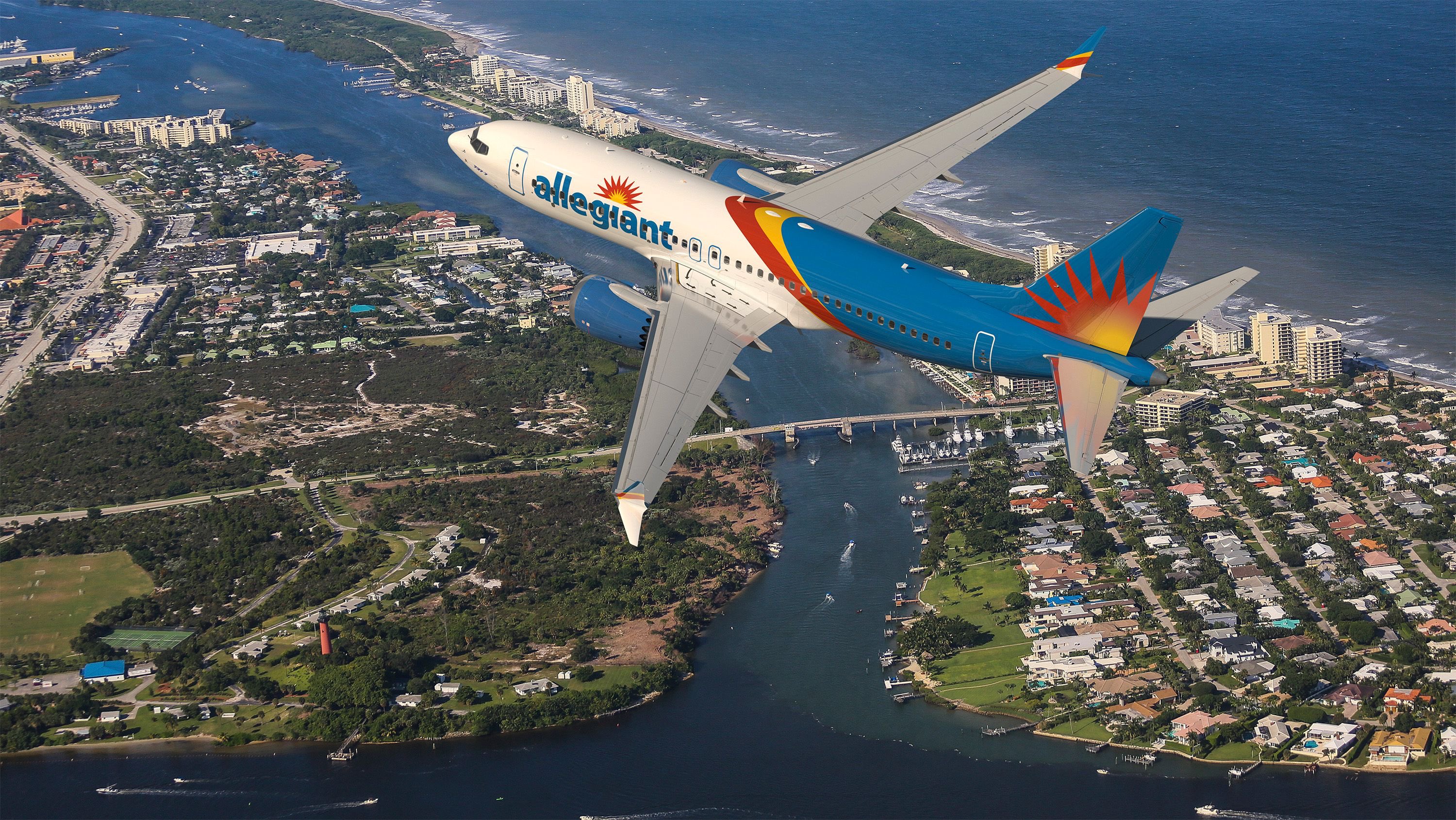Log-in here if you’re already a subscriber
Allegiant Air was born of used airplanes. Starting with the McDonnell Douglas DC-9, and subsequently moving into the MD-80, the Boeing 757, the Airbus A319, and ultimately the A320, Allegiant has built a business model on combining second-hand (and factory-fresh last generation) aircraft with low-utilization flying. Indeed, this combination has proven successful for the self-proclaimed travel company with consistent years of profitability and the highest profit margins in the country.
It is the balance between fixed and variable costs that the team at Allegiant learned early, and has perfected since. Used aircraft can be acquired at a lower ownership cost which needs to be paid regardless of whether the aircraft flies – a fixed cost. This then offers the trade for higher operating costs from higher fuel burn and maintenance costs which are paid only when an aircraft flies – variable costs.
Related: Understanding the formula behind how Delta buys airplanes
While all airlines focus on the cost of flying – Allegiant included – only Allegiant has mastered the art of not flying. By keeping fixed costs low, even at the expense of higher operating costs, Allegiant has created ultimate flexibility in a highly cyclical market. The Allegiant business model is simple: fly airplanes when they make money; keep them on the ground when they don’t.
The fundamentals of this business model so successful for Allegiant were enabled by the use of cheap, second-hand aircraft. Yet, the airline’s recent announcement of its plan to purchase 30 new 737 Max 7 and 20 new 737 Max 8200 aircraft from Boeing seems to fly in the face of those very fundamentals that bring consistent profitability for Allegiant.
For Boeing, in order to convert Allegiant into a split-buyer alongside predominantly cheap, used Airbus aircraft, it can also be easily assumed that Boeing would need to apply ultra-cheap pricing to secure the Allegiant order. In the question of whether Allegiant has fundamentally changed their business model or whether Boeing priced the 737 Max so cheaply as to woo a buyer of used aircraft, the answer is – neither.
This TAC Analysis, divided into parts, dives deep into the misconceptions of Allegiant’s business model and the intrinsic value a next-generation airplane like the 737 Max brings to the airline. In a follow-on piece, we’ll look closer at this high-profile deal and how the power of the duopoly ultimately brought the 737 Max to Allegiant.
Continue Reading...Subscribe to Continue Reading
Our award-winning aerospace reporting combines the highest standards of journalism with the level of technical detail and rigor expected by a sophisticated industry audience.
- Exclusive reporting and analysis on the strategy and technology of flying
- Full access to our archive of industry intelligence
- We respect your time; everything we publish earns your attention


